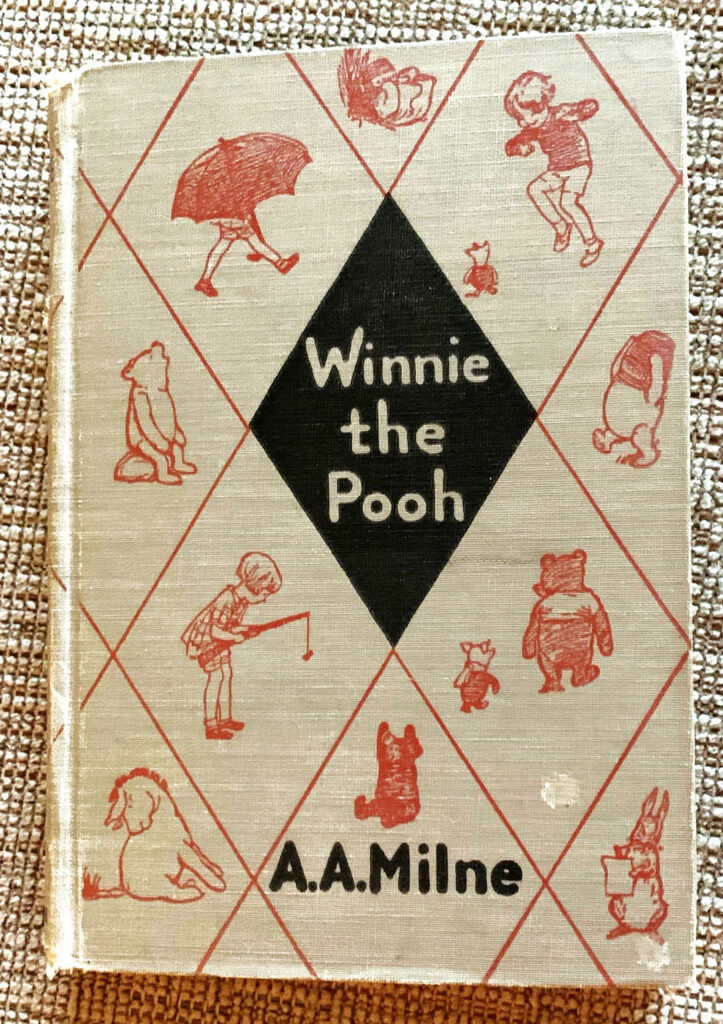by James Scott Bell
@jamesscottbell
 We are, of course, flooded with books these days. The Forbidden City still puts out product. The indie output is a veritable tsunami that swells ever larger each day. While most of it is bad (per Sturgeon’s Law), there is also a sizable chunk that is competent, even good.
We are, of course, flooded with books these days. The Forbidden City still puts out product. The indie output is a veritable tsunami that swells ever larger each day. While most of it is bad (per Sturgeon’s Law), there is also a sizable chunk that is competent, even good.
Which is not enough to make it in this game. You’ve got to strive for unforgettable. You’ve got to write diamonds that sparkle through the rock piles and gravel pits of content.
Emotional intensity is one ingredient that will help get you there.
There’s an axiom attributed to Robert Frost: No tears in the writer, no tears in the reader. That is another way of saying you must feel deeply as you write your story, and transfer that feeling to the readers.
Let me offer some tips.
1. Feel it
In my theater days I learned a technique handed down from legendary acting teacher Konstantin Stanislavsky. It’s called “emotion memory.” You think back to a time when you felt the emotion you want to convey in a scene. Get in a quiet place and recreate the memory with all its sensory data. That means what you saw, smelled, touched, heard and tasted.
As you recall these sensations you will discover that the emotion wells up afresh within you. The sense memories are causing you to experience the emotion as if it were happening in the present.
With a little practice you’ll be able to call up emotions as you need them when you’re about to write a scene.
2. Improvise
Invite your characters to play around. Take a seat in the movie theater of your mind and watch what happens.
Close your eyes and conjure up a character. Set the scene, whatever pops into your head.
Follow the character. How does she move? What is she wearing? How does she react to the setting?
Now give her a reason for being in the scene. Where is she going? Why? Have her turn to the “audience” and say exactly what she’s after. Make that hugely important to her.
[Note: this is not an actual scene for your novel (unless you choose to use it). This is a scene to get to know your character more deeply. Let it surprise you.]
With your character on the way toward a goal, introduce another character into your scene, someone who will be the opposition.
Watch the scene unfold. Don’t try to control it. Let emotions run rampant. Have the characters struggle and fight. Where’s the passion?
The late Stephen J. Cannell, author of the Shane Scully series, said, “I’m a visceral writer. I do improvs through the books. I become the characters. I’ll say something as Shane, then I’ll say something as [his wife] Alexa. And it’ll tick me off. And I’ll react to that. I have to know what my characters want and I have to feel things. That’s part of the fun of it for me.”
Stay attuned also to images that will begin to arise in your imagination at odd times. E. L. Doctorow said he was feeing a “heightened sense of emotion” when visiting the Adirondacks after many years. He saw a sign that read Loon Lake. He liked the sound of the words together, and then a flood of images washed over him—a private train at night going through the Adirondacks; gangsters onboard; a beautiful girl holding a white dress in front of a mirror. He had no idea what the images meant, but started writing about them anyway.
Improvisational images will lead to story material pulsating with emotion.
3. Plan
Let your left brain pitch in and help. Ask some key questions before you write a scene:
– Who is the viewpoint character in this scene?
– What does he want?
– Why can’t he have it? Who or what is opposing him?
– What obstacles are placed in his way?
– What strategy will he use to get what he wants?
– What surprises can happen that will lead to emotional turmoil and the necessity for new plans?
4. Write
Write your scenes as fast as you comfortably can. This is not the time for editorial decisions. Get the words down and overwrite the emotional moments. Let yourself go! Get inside that character. Now, come back to this scene the next day and edit things down to where they feel right. You might only retain a line or two, but because you found them in the overwriting they’ll be choice.
5. Finish, Cut, and Polish
Write on. Keep the momentum. Finish the dang novel!
If you’ve written with emotion your draft will be a raw gem of great value. Now finish the job like an expert diamond cutter. This is the editing process, which I cover in some detail here. Another book I recommend is Donald Maass’s The Emotional Craft of Fiction.
My final step is always a polish—I look one more time at scene openings and endings, and long dialogue exchanges (where a trim here and there makes a big difference).
Diamonds are formed by heat. So is great fiction. Feel your characters and plots intensely to produce a precious stone. Then cut and polish. That’s how your fiction will stand out from the pile of the merely competent.
What are some of the ways you bring emotion to your pages?




